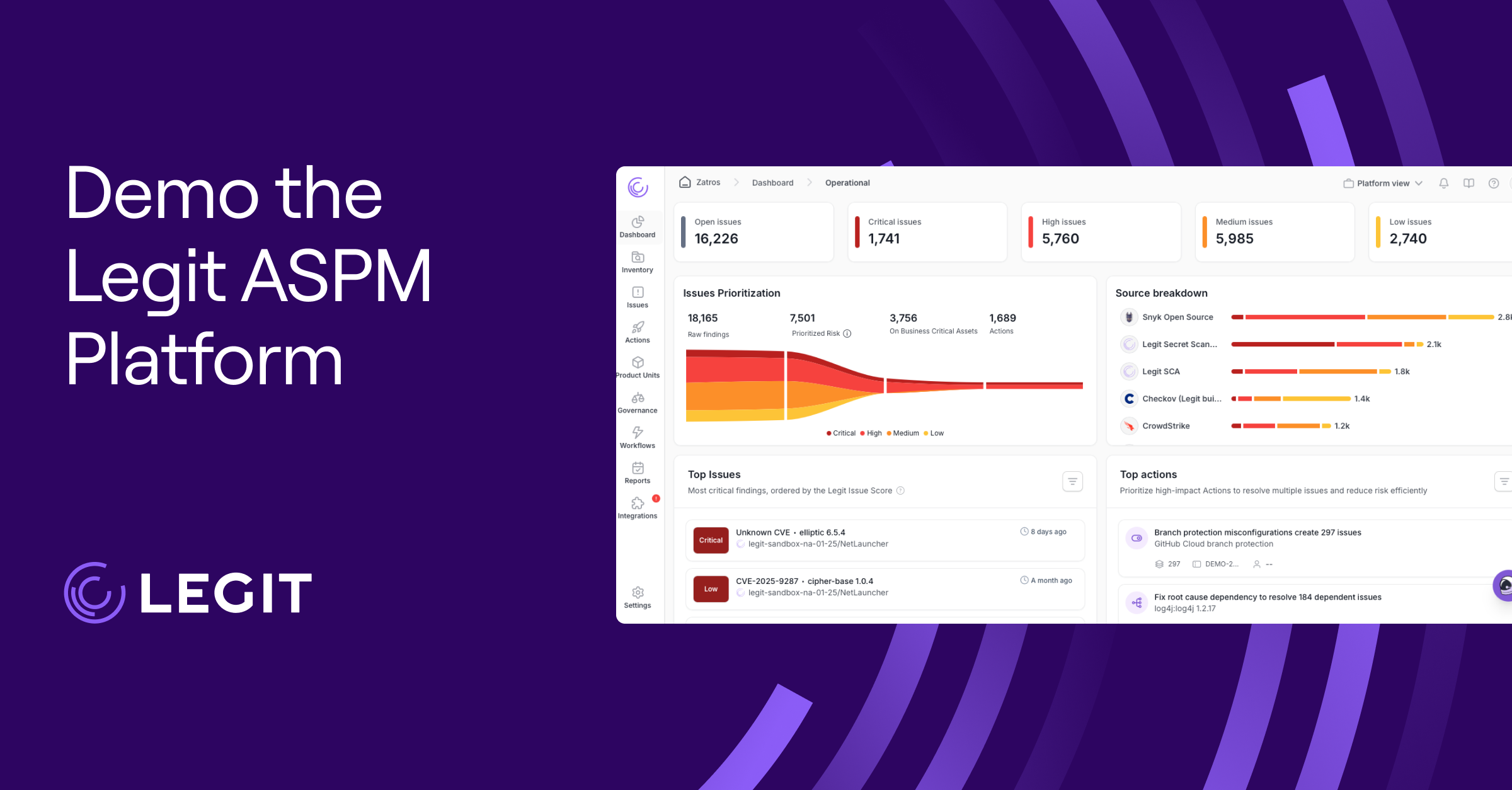Sensitive data fuels modern businesses, and protecting it goes far beyond compliance requirements. A breach can disrupt operations, drain resources, and damage the trust you’ve worked hard to build.
That’s where an identity and access management (IAM) framework steps in. It gives you the structure to control who accesses what, when, and under what conditions, providing a strong foundation for verifying identities and detecting suspicious activity before it becomes a breach.
Here’s a guide to IAM frameworks and how they work to strengthen your overall security posture.
Identity Access Management Definition: What Is IAM?
IAM controls how users interact with digital assets across an organization. This structure uses policies, technologies, and processes to verify identities and set access levels.
A strong access and identity management system actively manages employee accounts, contractors, service accounts, and automated systems. It tracks and governs identities throughout its lifecycle, strengthening security at every level. IAM strategies also create detailed audit trails that show who accessed what and when—a critical factor for protecting sensitive systems in IT security frameworks.
Identity and Access Management Framework
An IAM framework connects the technologies, processes, and policies that control how organizations manage user identities and govern access to their resources.
Instead of relying on standalone tools or ad-hoc practices, an IAM framework creates a complete strategy for verifying users, assigning permissions, and monitoring access across systems and data. It combines everything from authentication methods to lifecycle management, helping your team enforce role-based access and respond faster to emerging threats.
Modern IAM frameworks support flexibility by adapting to cloud, hybrid, and remote environments. They don't just secure users working inside a traditional office—they build a digital perimeter around identities wherever they are. Whether managing employees, contractors, partners, or non-human identities, a strong IAM framework ensures access stays appropriate and aligned with your organization’s risk tolerance.
How Does the Identity and Access Management Framework Work?
An IAM framework coordinates multiple layers of security controls to manage user identities and govern their access to company resources. It starts with verifying identities through authentication methods like passwords, biometrics, or tokens. Once the system verifies users, it grants access based on their assigned roles or risk profiles.
Behind the scenes, the framework constantly monitors identity management access, making sure users only interact with the systems and data they’re authorized to access—and nothing more. Strong IAM in cybersecurity plays a role here by minimizing unnecessary access and quickly spotting potential threats, such as attempts at credential harvesting.
Throughout the user lifecycle, the IAM framework adjusts permissions as needed. When someone joins the organization, the system automatically provisions access based on their role. The system updates access immediately when a user's role changes. Then, when they leave, the framework deprovisions access quickly to shut down potential security issues, like leftover credentials being used to access systems or stale permissions exposing sensitive data.
Many frameworks now incorporate real-time risk assessments, adapting access permissions based on unusual behavior or changing context, like logging in from a new device. Strong identity management and continuous access governance make IAM a backbone of modern cybersecurity strategies.
Key Components of the Identity and Access Management Framework
A practical IAM framework relies on a few critical components to secure access and meet compliance standards. Here’s a breakdown of the key parts that build a strong foundation for identity security:
Identification
The first step in any IAM framework is identifying users, devices, and systems within the network. Organizations create digital identities tied to each entity, allowing them to manage who is accessing their assets. Accurate identification ensures every access request comes from a known and trusted source.
User Authentication
Authentication verifies that users are who they claim to be. Today’s frameworks support various methods, including passwords, biometrics, hardware tokens, and multi-factor MFA. Frameworks may also incorporate single sign-on (SSO) to simplify access across multiple systems while maintaining security controls.
Advanced IAM systems also adapt authentication levels based on risk factors like device type, location, or login behavior, strengthening security without complicating user access.
Authorization
After the system authenticates a user, it authorizes access to specific resources. IAM frameworks enforce access policies through models like role-based access control (RBAC) and attribute-based access control (ABAC). Frameworks also follow the principle of least privilege (PoLP), limiting users to only the minimum access required to perform their jobs.
User and Access Lifecycle Management
Managing a user’s access doesn’t stop after onboarding. A good IAM framework automatically updates access when roles change and revokes it immediately when users leave. This means only active, authorized users can access the system, reducing the chances of abuse through abandoned accounts.
Monitoring and Auditing
IAM frameworks constantly monitor and audit user activity across systems. Regular audits help spot outdated permissions, unusual behavior, and vulnerabilities that could disrupt operations if left unchecked. Organizations can strengthen their defenses against some of the most common cloud vulnerabilities by staying on top of these risks.
Policy and Compliance Management
Strong IAM frameworks embed policy enforcement into daily operations, automating rule application for authentication strength, access approval workflows, password management, and privileged account usage. Strong frameworks also integrate privileged access management (PAM) to control and monitor accounts with elevated permissions.
Challenges of the Identity and Access Management Framework
While a strong IAM framework brings profound benefits, it doesn’t come without challenges. Here are some of the common hurdles organizations face:
- Implementation complexity: Setting up an IAM framework across multiple cloud, hybrid, and on-premises environments is challenging. It requires careful planning, alignment with business needs, and integration with legacy systems—all of which take time and resources.
- Risk of insider misuse: IAM frameworks reduce external risks but don’t eliminate insider threats. A trusted employee with excessive privileges can still abuse access without proper monitoring.
- Single point of failure risk: Centralizing identity management improves visibility and creates a tempting target for cybercriminals. If attackers compromise the central IAM repository, they could more easily access other systems.
- High up-front costs for on-premises systems: On-premises IAM solutions can be expensive to deploy and maintain. While cloud-based IAM options reduce these costs, not all companies are ready or able to move to the cloud.
- Keeping pace with changing environments: As organizations grow, adopt new technologies, or shift strategies, IAM frameworks must evolve too. Failing to update policies and controls regularly opens gaps that attackers can exploit.
Enhance Identity Access Management Framework With Legit Security
A strong IAM framework protects access at the user level, but securing identities across your software development lifecycle requires even more. Legit Security extends IAM protections by securing developer identities, enforcing strict access controls within CI/CD pipelines, and monitoring critical systems for signs of unauthorized access or insider threats. Strengthening identity and access protections during development also supports stronger web application security requirements, reducing the risk of vulnerabilities reaching production environments.
Lock down operational and development environments by integrating Legit Security. Protect identities from code to cloud. Request a demo to learn more.
Download our new whitepaper.


